| Japanese green tea production keeps
tea green by steaming tea leaves and parching in order to stop fermentation. After
that, rough finishing is in the process of rubbing and drying. Finishing are in
the process of selecting rough finished tea and drying as well as blending. Hand
rubing production method. The purpose of rubbing tea is to force tea leaves in
order that tea leaves organization and cell membranes are destroyed so that its
ingredient will be obtained easily.In late 19th century (Meiji period), many hands
rubbing tea production methods are invented. After that good points of many production
methods were gathered and standardized to a tea production method ( 1953 method).
Hence standard hand rubbing tea production method was determined. |
 |
| Steaming
Tea leaves are steamed in short time and cooled down rapidly (30seconds to
40 seconds.)
First rubbing
There are 3 process, Hafurui (selection tea leaves), Kaitenntumi (turning rubbing),
Tamatoki ( untied tea lumps)
In the process of Hafurui, steamed tea leaves are sifted out equally and make
tea leaves water 80%. (30 minutes to 50 minutes).
 |
 |
| In the process of Tamatoki.tea lumps
made from rubbing are untied.
In the process of Kaitentsumi, tea leaves are forced in order that water in
tea leaves evaporated
. In the beginning it is called Keikaiten (light turning).In the end of Kaitentsumi,
it is called Jukaiten (heavy turning).
Waters in tea leaves are reduced to 50% (40minutes to 50 minutes).
In the process of Tamatoki.tea lumps made from rubbing are untied. |
 |
| First processing
After Tamatoki is done, tea leaves are out from tea hearth and cooled down
rapidly as well as equalized water in tea leaves in order to do finishing rubbing
easily.

|
 |
In the process of Dengurimomi, tea
leaves are rubbed to shaped needle like shape. (10 minutes to 20 minutes.)

|
 |
In the process of Kokuri, tea leaves
are shaped further and are polished to gloss. (10 minutes to 20 minutes).
 |
 |
| Drying
Tea leaves are sprinkled and turned over few times as well as dried. Water
of tea leaves reduced until 40% in this process. (30 minutes to 40 minutes).
There are many hand rubbing production methods such as Utita-ryu, Ogasamomikiri-ryu,
Kouzu-ryu,Kaisin-ryu, Kaitou-ryu, Kawakami-ryu, Kyoukai ryu, Seito-ryu, Seicho-tyu,
Kurakai-ryu, Tamuta-ryu.
|
 |
| *Machine rubing
tea production method
Steaming machine
Steaming tea leaves is first process of tea production, therefore, steaming
determined tea quality.
This machine steamed in a short time in order not to make destroyed tea leaves
because tea leaves needs to undestroyed and keeps green by losing oxidization
ferment effect in after rubbing process. (30minutes) |
|
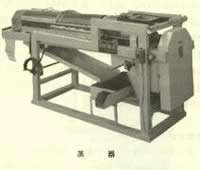 |
 |
| Cooling machine
Steamed tea leaves are cooled as well as eliminate water of tea surface.
Rough rubing machine
Rough rubbing machine rubs tea leaves by heating steamed tea leaves and force
in order to make tea leaves soft as well as reduced water of tea leaves 50%. (45
minutes) |
|
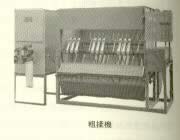 |
 |
| Second rubing machine
Second rubbing machine gatheres tea leaves and force gradually and turn in
order that tea leaves water equally spreaded and make tea leaves soft as well
as destroyed tea leaves organization. (20 minutes).
|
|
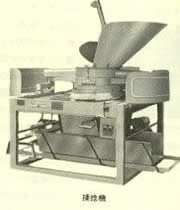 |
 |
| Middle rubing machine
Tea leaves are dried by heat wind and shaped to twisted and keep water of tea
leaves surface as well as evaporate tea leaves water equally and be in order quality
and shape. (40 minutes)
|
|
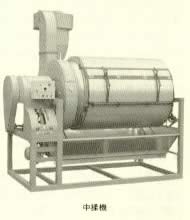 |
 |
| Redrying machine
Tea leaves are dried by heat wind and shaped.
Final rubing machine
Tea leaves after middle rubbing machine or redrying machine are heated indirectly
and rubbed in order to shaped to Sencha tea. Waters of tea leaves are reduced
to 75%. |
|
 |
 |
| Drying machine
Water of tea leaves after final rubbing is 11%-14%, therefore, Water of tea
leaves needs to be reduced 4%-5% in order to preservation. In this process, Tea
aroma and taste are created by heating.
|
|
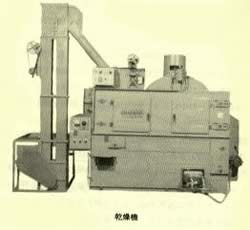 |
 |
 |
 |

